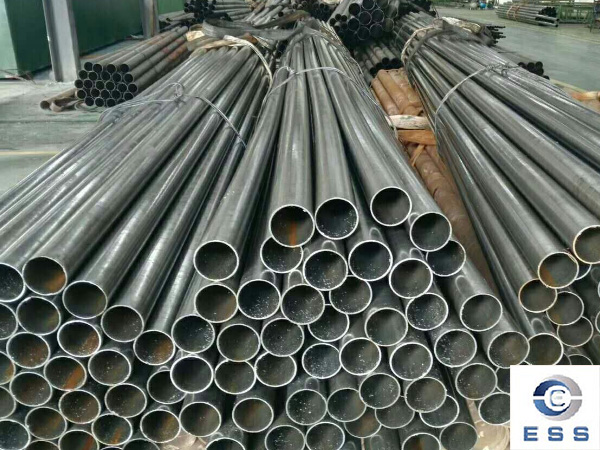The advantages of
seamless carbon steel pipes are high pressure resistance, good toughness, long pipe sections and few joints. The disadvantage is that it is expensive, easy to corrode, and thus has a short service life.
(1) Ordinary seamless carbon steel pipe
Ordinary seamless
carbon steel pipes are rolled from ordinary carbon steel, high-quality carbon steel, low alloy steel or alloy structural steel. Various specifications, high strength,
It is the most commonly used pipe for pipelines and is widely used for pipelines with working pressure below 1.6MPa. Such as heat pipes, refrigeration pipes, compressed air pipes, oxygen pipes, acetylene pipes and various chemical pipes except for strong corrosive media.

(2) Stainless steel seamless steel pipe
Stainless steel seamless pipes are made of chromium-nickel stainless steel, and there are two types of hot-rolled and cold-rolled (cold-drawn) pipes. It is characterized by strong acid resistance and corrosion resistance, but it is expensive, and it is mainly used in chemical pipelines with special requirements.
(3)
Welded pipes for low-pressure fluid delivery
Welded steel pipes for low-pressure fluid transportation are seamed pipes, generally using Q215-A, Q235-A, Q255-A ordinary carbon steel. According to the surface quality, it can be divided into two types: galvanized (white iron pipe) and stainless steel (black iron pipe); according to whether the pipe end is threaded, it can be divided into two types: threaded and non-threaded; according to the thickness of the pipe wall, there are ordinary type and added Two thick types.
Ordinary steel pipes can generally withstand a 2.0MPa hydraulic test, and thickened pipes can withstand a 3.0MPa hydraulic test. Ordinary steel pipes and thickened pipes are generally available for
The working pressure gauge uses a pipe with a lower medium temperature. For example: Indoor heating pipes, steam pipes, and hot water pipes with a working pressure not exceeding 1.0MPa and a medium temperature not exceeding 200°C can use pipes with a nominal diameter of not greater than 100mm; with a nominal diameter of not greater than 65mm, pipes with a working pressure not exceeding 0.8 MPa compressed air pipelines; those with a nominal diameter not greater than 50mm can be used for coal gas or natural gas and clean water pipelines.













 Eastern Steel Manufacturing Co.,Ltd not only improve product production and sales services, but also provide additional value-added services. As long as you need, we can complete your specific needs together.
Eastern Steel Manufacturing Co.,Ltd not only improve product production and sales services, but also provide additional value-added services. As long as you need, we can complete your specific needs together.










